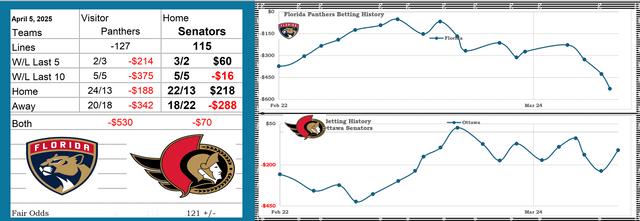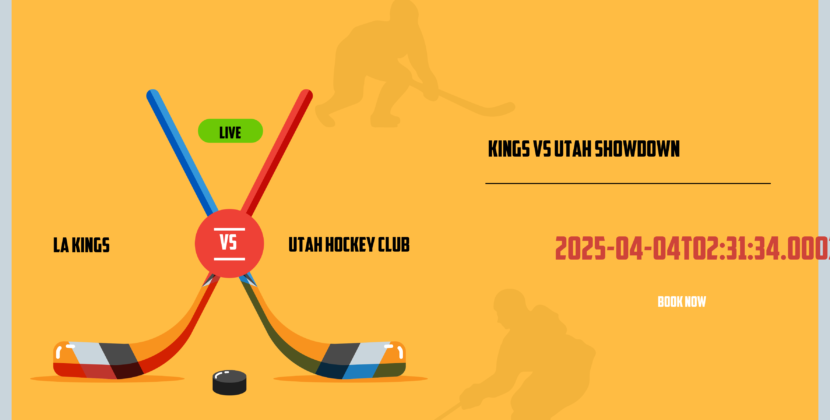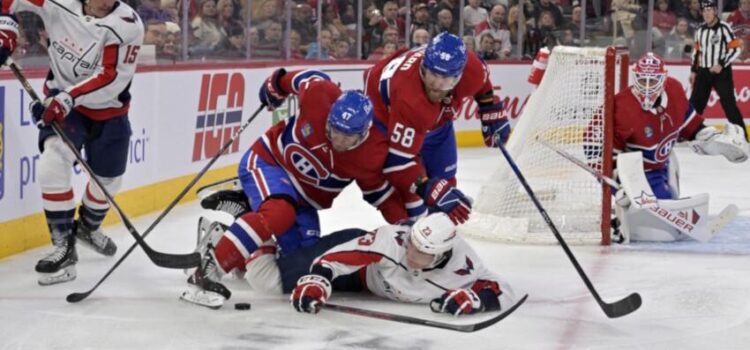
For all of us who breathe hockey, the Kent Hughes trade deadline strategy is as thrilling as a sudden death overtime. We’re on the edge of our seats, pondering the chess moves to come. Hughes, alongside the Montreal Canadiens’ front office, is mapping out plans to leverage the upcoming trade deadline as a golden opportunity. Here’s the scoop on what they’re cooking.
The Essential Buzz: 2024-25 NHL Trade Deadline
As the infamous March 7th approaches, the NHL transforms into a bustling bazaar, teams haggling and bargaining to boost their playoff odds or to bulk up for the future. This period is a make-or-break time, setting teams on the path for success or sending them spiraling downwards.
Kent Hughes trade deadline strategy: Crunching the Numbers
The Canadiens, with more ups and downs than a soap opera, are in the thick of the Atlantic Division mayhem. But what’s their performance like this season? Let’s take a look:
- Close to Playoff Contention: We’re hanging in there, teetering on the verge of playoff dreams or despair.
- Rising Stars: Newbies on our team show promising sparks of genius.
- Strategic Enhancements: We’ve identified some nips and tucks needed in the roster.
We’re in this whirlwind, contemplating smart moves that might lift the team to new heights.
Who’s on Our Radar?
With the Kent Hughes trade deadline strategy, some potential star players are catching our eye. Take Erik Karlsson, for instance. His presence could light up our defense like the Fourth of July. Here’s who we’re considering:
- Defensive Anchors: Shoring up the backline is a priority.
- Offensive Surge: We could use some firepower up front.
- Veteran Wisdom: Some experienced heads always help when the going gets tough.
Buyers or Sellers? The Age-Old Dilemma
Do we buy or do we sell? That’s the million-dollar question. Here’s what we’re factoring in:
- Strengths and Weaknesses: How does our roster stack up?
- Future Prodigies: Who’s waiting in the wings, primed to take center stage?
- Salary Cap: We’ve got to make it work within the budget.
- Division Face-off: Our division rivals are nothing if not formidable.
Power in Prospects and Draft Capital
The Canadiens boast an army of young talents, a treasure trove of promise. Managed right, this could fuel our rise to the top. Here’s why this matters:
| Key Aspects | What They Mean for Us |
|---|---|
| NHL Readiness | Are our young guns ready to rumble? |
| Position Variety | Can we cover all bases with what we have? |
| Growth Potential | Will they bloom into key players? |
Talking Trade: The Players on the Table
Eyes are on folks like Jake Evans, Joel Armia, and David Savard. How they fit into the puzzle could shape our decisions:
- Performance Metrics: Consistency and reliability matter.
- Contractual Situations: The dollars and years aligning is crucial.
- Team Fit: It’s about chemistry and cohesion.
Playoffs on the Horizon: Trade’s Impact
We’ll have to walk the tightrope between having our eyes on the prize and not losing sight of the future. The deadline deals will significantly adjust our playoff odds.
Kent Hughes trade deadline strategy: Facing Rivals Head-On
It’s a tough neighborhood in the Atlantic. With teams like the Sabres, Leafs, and Bruins in our backyard, every trade needs to be a calculated step forward. Navigating these waters tactfully will decide whether we’re sinking or swimming.
As We See It: A Comprehensive Deadline Strategy
In the wild arena of NHL trades, the Canadiens stand at a crossroads. Kent Hughes trade deadline strategy will determine if we rise like a phoenix or falter along the way.
- Player Analysis: Precision is key.
- Flexibility: Keep it nimble and adaptable.
- Vision for Long-term: Look beyond the horizon.
Ultimately, the moves we make—or don’t—will shed light on our ambitions and the path we’ll carve for the 2024-25 season.
For continued insights and a deep dive into the unpredictable world of NHL trades, check out NHL Rumors.
You Might Also Like
Latest article revision: October 2023.









